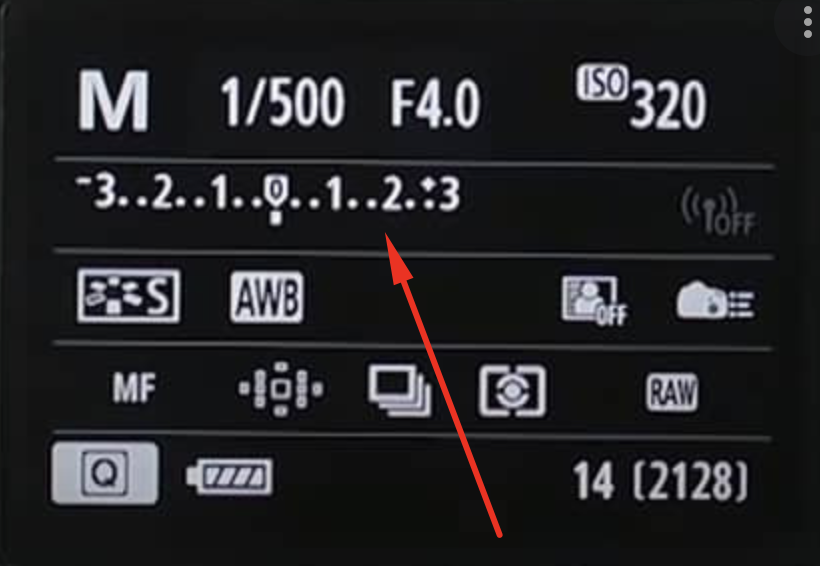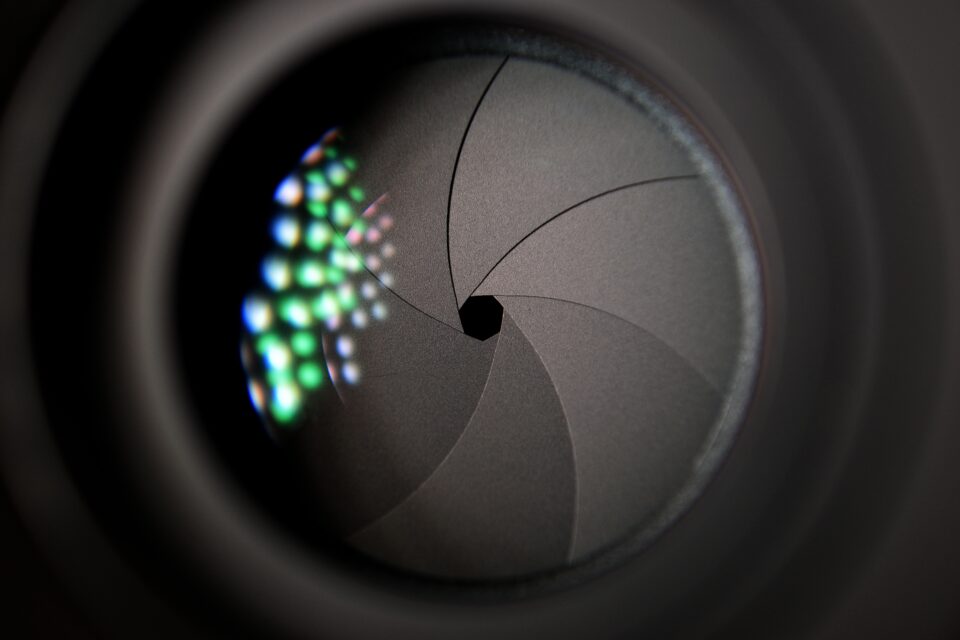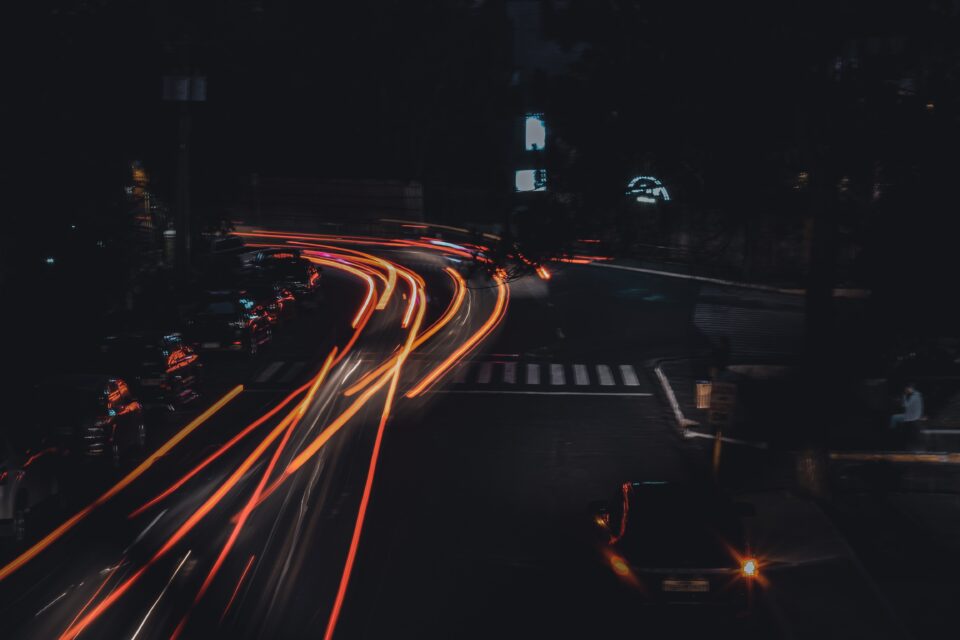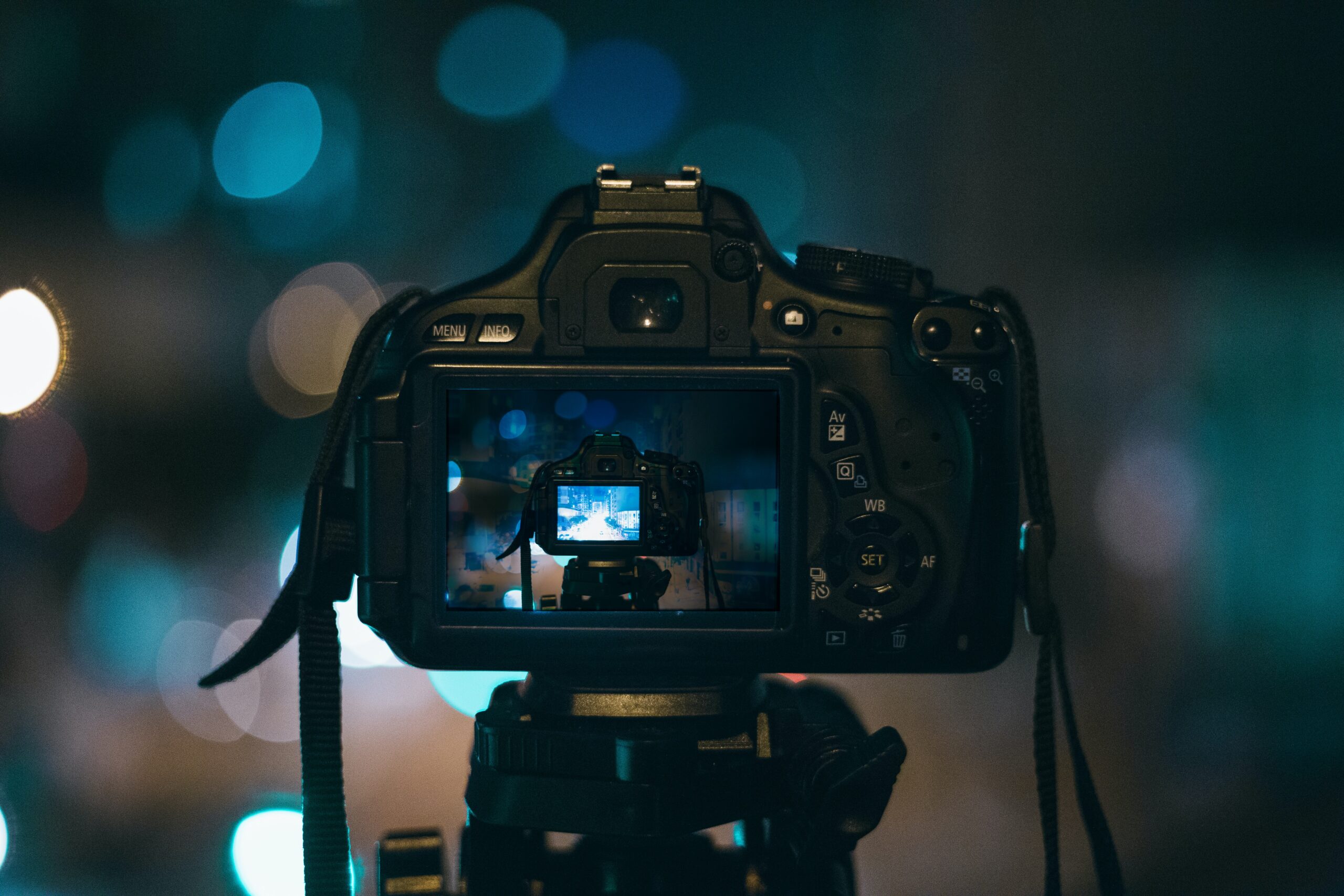Brief, fast, easy to understand, the first technical notions you need to know to understand your camera. Know your tools and don’t be afraid about all that symbols, acronyms and so on.
what is excluded in this article
What concerns the aesthetic of the photography will be excluded from this article. It is a very wide topic, and this fast guide is written to make you comfortable with the settings of your camera. Then I won’t write here about: composition, aesthetics, subjects and so on. Only technical facts.
1 – white balance

Since the photograph could result too yellow respect than your real-time perception, you can help the photo camera to understand which parts of the environment are white. There is a setting on each photo camera for the white balance.
Carry on a white paper sheet with you and photograph it, each time you move to a different environment, and setting it in the photocamera menu as white.
2 – exposure indicator

To help you to manage the exposition of a photograph, in Manual Mode the camera shows you an indicator (between -2 and +2 – or +3 and -3) . If it is on 0 it means that the exposure is balanced (but the camera does not consider expressive language!).
3 – the physical meaning of F and what influences

F (or F/Stop) adjusts the size of the aperture of the iris diaphragm in a lens through which light passes in an optical or photographic instrument. F stands for Focal Lenght.
A bigger opening means more exposition.
Then, about EXPOSITION:
> the bigger the aperture > the more the light captured by the camera
> the bigger the aperture < the lower is the value displayed [INVERTED]
Since F is Focal Lenght, it obviously involves FOCUS:
> the bigger is the aperture < the less space is under focus
< the smaller is the aperture < the bigger is the space under focus
4 – the physical meaning of T and what influences

T is the shutter speed. The time spent taking the photo. A bigger time spent to impress the photo, the more information through the variable time is captured.
Then, about EXPOSITION:
> the bigger is the time > the more is the light captured by the camera
> the bigger is the time > the higher is the value displayed [PROPORTIONAL]
Other aspects, MOVEMENT:
> the bigger is the time > the more movement you capture. Thinks are more blurry, less stable
> the lower is the time > thinks are more steady
5 – the physical meaning of ISO and what influences

ISO was initially defined as film sensitivity in the analogical era. Now, with digital cameras it adjusts the brightness or the darkness of a photo. It can help in case of very bright or dark environment, for which the other two settings (F/Stop and T), could not be enough for your exposure.
Then, about EXPOSITION:
> the bigger the value > the more the light captured by the camera [PROPORTIONAL]
Other aspects, NOISE:
> the bigger the value > the more noise [PROPORTIONAL]
6 – presets in all the photocameras
In all of the modern camera there are these selectable settings:
- auto
- auto without flash
- M – manual
- A – aperure priority
- S – shutter speed priority
- P – program mode
All of the others are more personalized by the brand or model itself.
